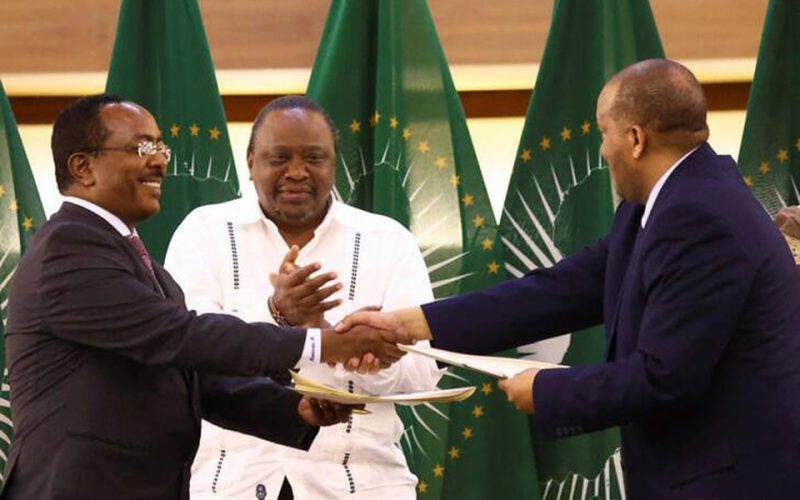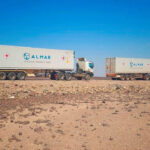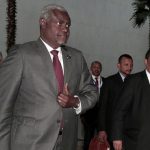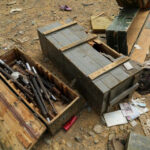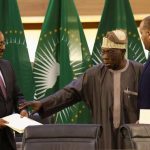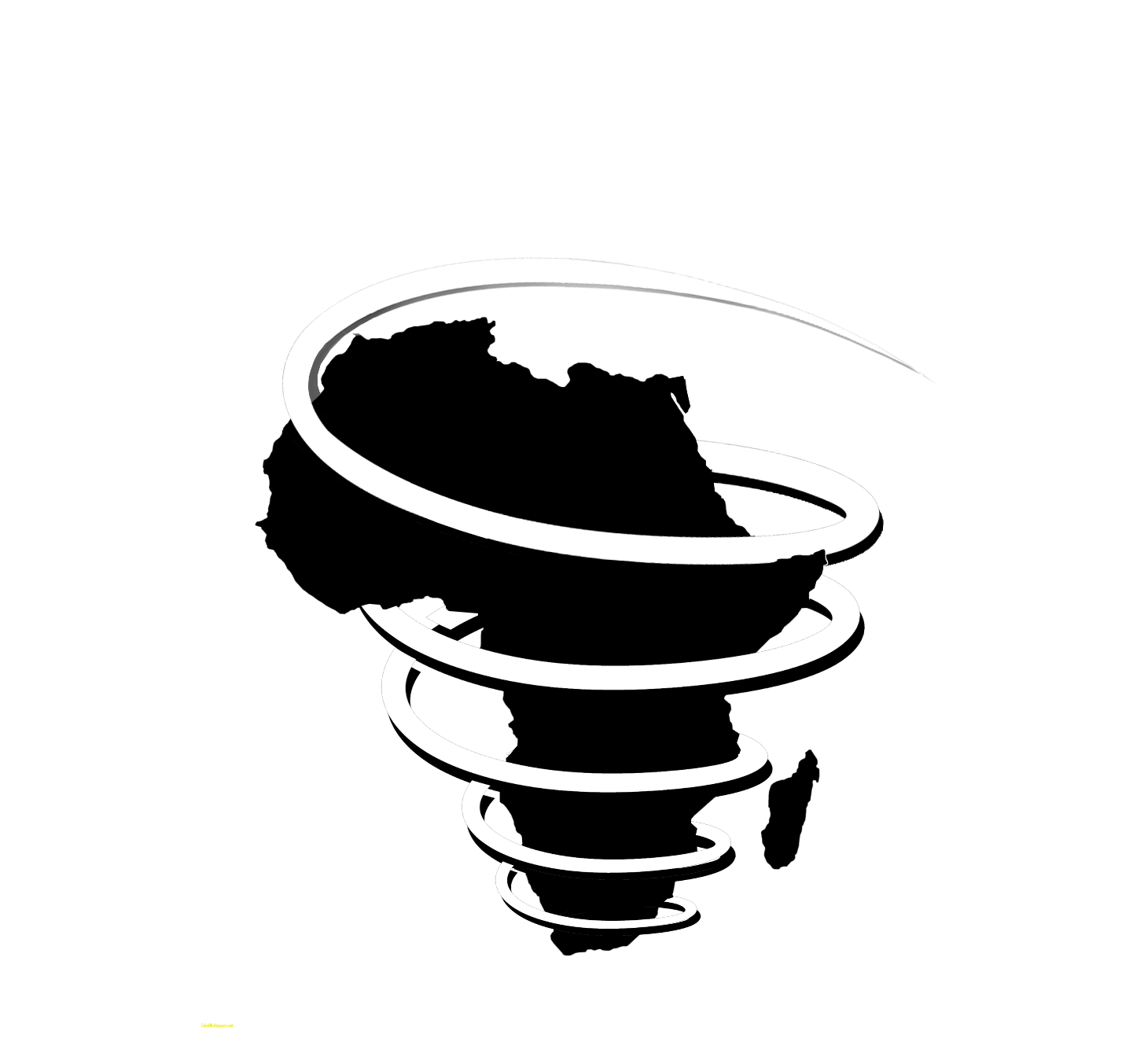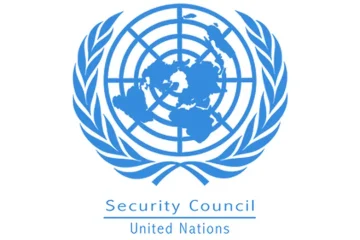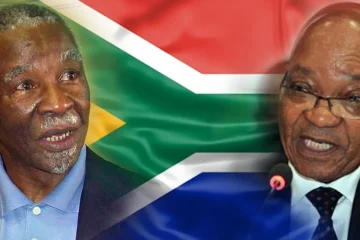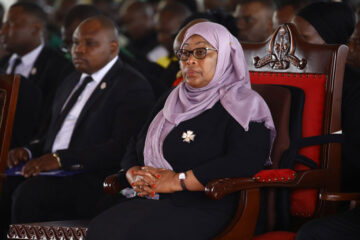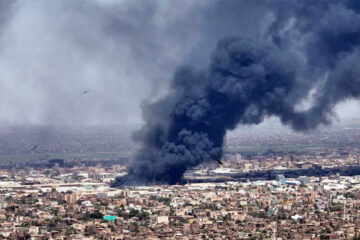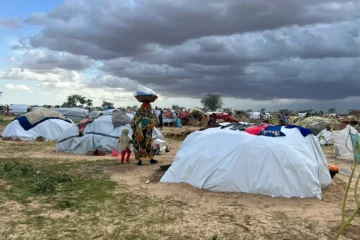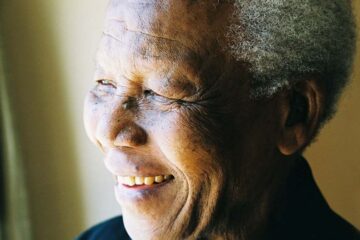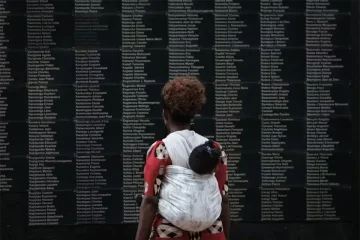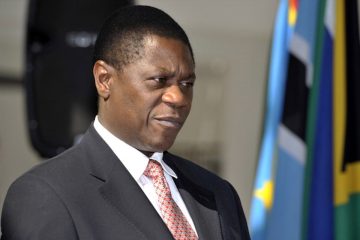ESTELLE SHIRBON
IMPLEMENTING the ceasefire agreed by the Ethiopian government and forces from the northern region of Tigray will be fraught with difficulties, while thorny political and territorial disputes will need to be tackled to achieve lasting peace.
Two years of war between Ethiopia’s federal army and Tigray forces have killed thousands of people, displaced millions from their homes, brought hunger to towns and villages across the region and caused catastrophic destruction.
The truce signed on Wednesday after just a week of formal peace talks in the South African capital Pretoria reflected heavy pressures on both sides.
When the talks started on Oct. 25, the federal army had just taken control of several large towns in Tigray, incentivising the Tigray leadership to cut a deal before losing more ground.
The government, meanwhile, was under intense U.S. pressure to end the war at a time when Ethiopia’s economy, hit by the cost and destruction of war and by the Horn of Africa’s worst drought in 40 years, needs urgent financial assistance.
“The truce is largely on the government’s terms and reflects the heavy pressures Tigray faced,” said Alan Boswell, project director, Horn of Africa, at the International Crisis Group.
Ethiopia, Africa’s second most populous country, has about 120 million people in total, of whom roughly 7 million live in Tigray.
Both sides made major concessions to achieve the ceasefire.
The Tigray forces agreed to a disarmament plan they had always previously rejected. The Tigray People’s Liberation Front (TPLF) political party backed down from its claim to be the elected regional government – one of the bones of contention in the conflict as the federal government did not recognise the last regional polls held in Tigray as legal.
For its part, the government agreed to halt a massive military offensive at a time when its troops were making significant gains and appeared to have all the momentum.
LOOMING FLASHPOINTS
Boswell said the implementation of the truce would be contentious as there was ambiguity on sequencing that would likely cause disputes.
“The ambitious disarmament timeline for the Tigray forces is a clear looming flashpoint that will test the parties’ commitment to peace,” he said.
Another complication is the role of Eritrean troops, who were in Tigray fighting on the side of the Ethiopian government at the time when the peace talks started.
Eritrea’s authoritarian government did not take part in the talks and has said nothing about whether it would withdraw its troops and abide by the ceasefire agreement.
Eritrean Foreign Minister Osman Saleh told Reuters on Thursday he had no immediate comment on the agreement as he had just received the documents.
“Eritrea is not mentioned in the agreement, but clauses appear designed to assure the Tigrayans that Eritrea will withdraw,” said Boswell, citing a government commitment to secure Ethiopia’s border against “foreign incursions”.
The government-TPLF joint statement also said the parties had agreed to implement a “Transitional Justice Policy framework to ensure accountability, truth, reconciliation and healing”, without explaining what that would look like in practice.
Human rights violations by all sides, including extra-judicial killings, raping, looting and displacing people by force, have been documented by U.N. bodies, Ethiopia’s state-appointed human rights commission, independent aid groups and media including Reuters. All sides have denied the allegations.
“At present, the accord fails to offer a clear roadmap on how to ensure accountability for war crimes and crimes against humanity, and overlooks rampant impunity in the country, which could lead to violations being repeated,” said Muleya Mwananyanda, Amnesty International’s director for East and Southern Africa.
OLD GRIEVANCES
The war is rooted in old grievances between the political elites of Tigray and other regions, built up over decades of turmoil, violent regime change, territorial disputes between regions and long periods of authoritarian rule.
Prime Minister Abiy Ahmed, whose ascent to power in 2018 ended nearly three decades of TPLF dominance over Ethiopia’s central government, has previously accused the TPLF of seeking to reassert its power at the national level.
The TPLF accused him of centralising power at the expense of the regions and oppressing Tigrayans. Each side rejected the other’s narrative.
Adding to the complex picture, territorial disputes between Tigray and the more populous region of Amhara, which borders it to the south, remain unresolved.
Desalegn Chane, a federal lawmaker from Amhara and former chairman of a major opposition party from the region, reacted to the ceasefire agreement by complaining that it did not recognise Amhara’s claim to two disputed areas, Welkait and Raya.
“Any agreement that does not recognise … Welkait and Raya under Amhara administration will not be acceptable to Amharas and will not bring lasting peace,” he told Reuters, in what may be a sign of some of the difficulties ahead.
A spokesman for Amhara’s regional government, which is run by Abiy’s Prosperity Party, did not respond to a request for comment.

